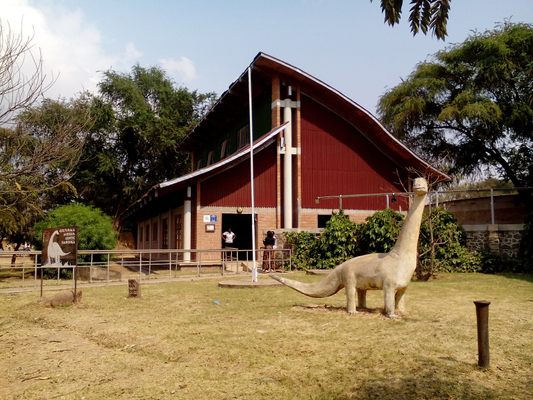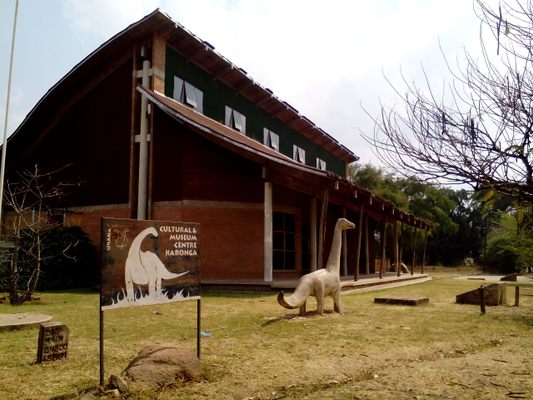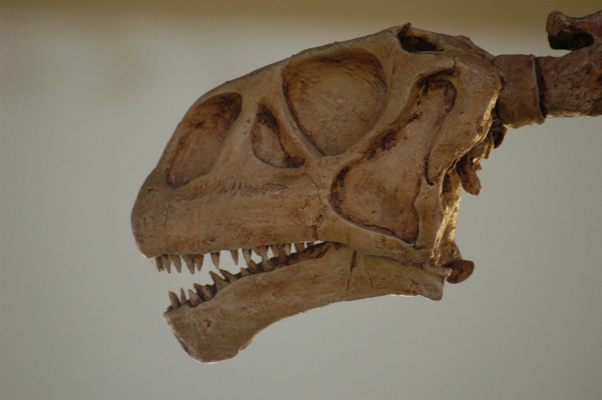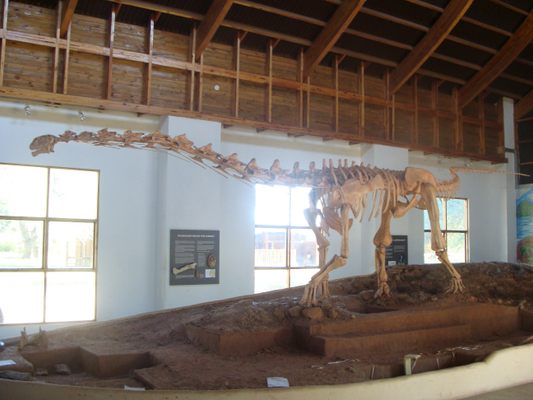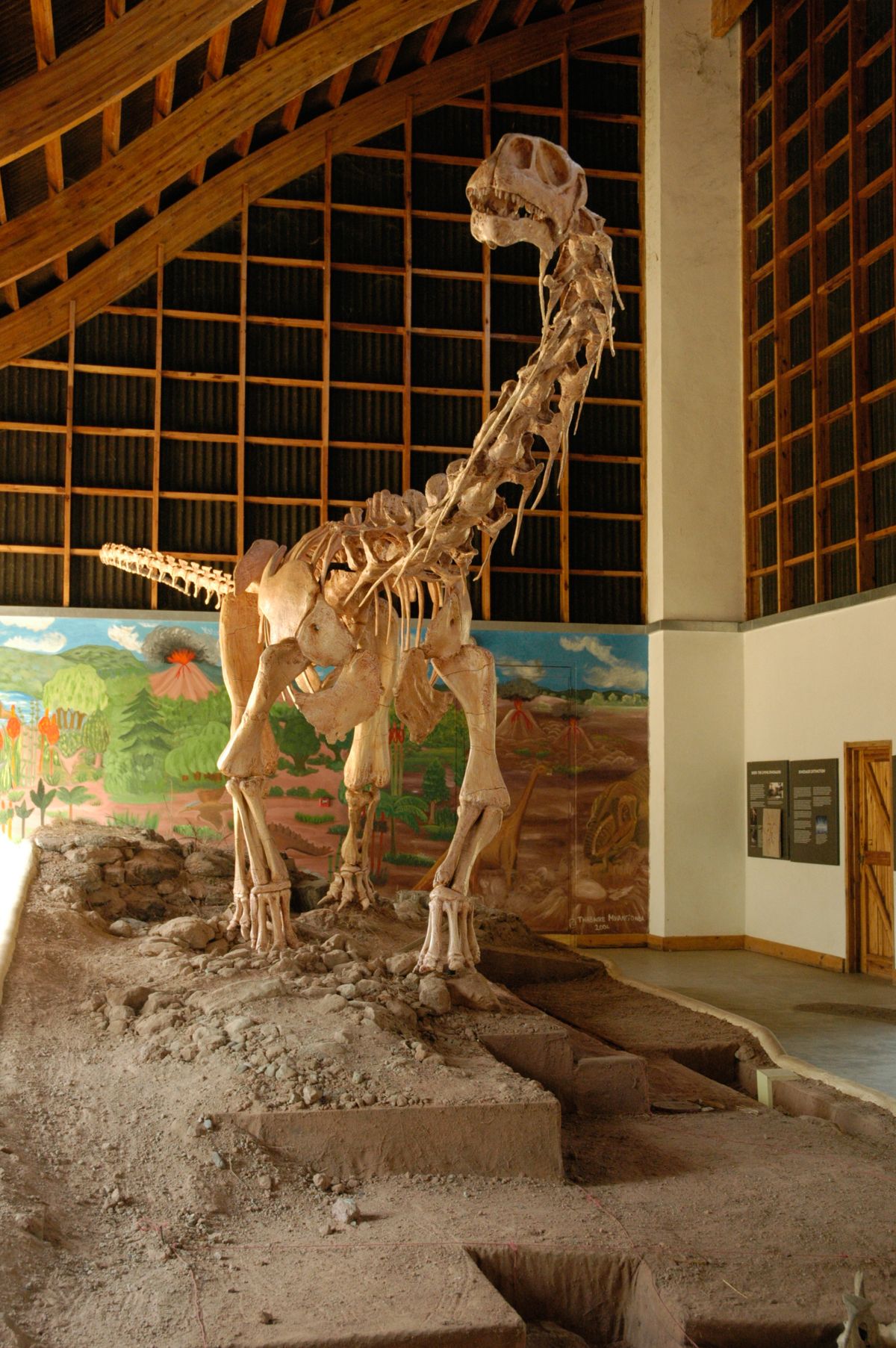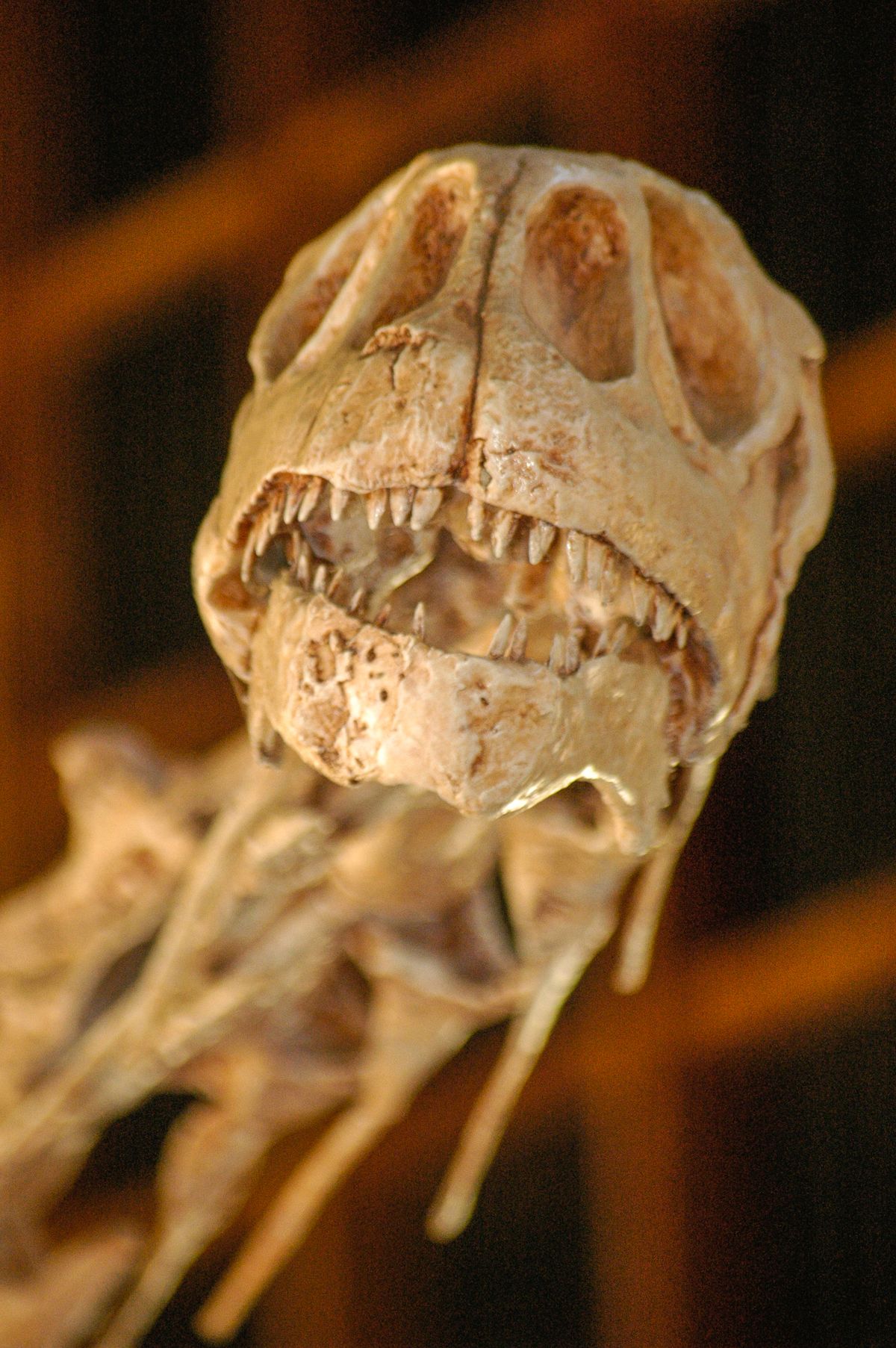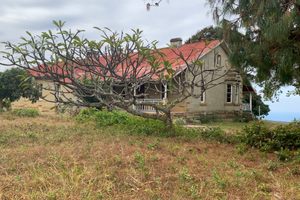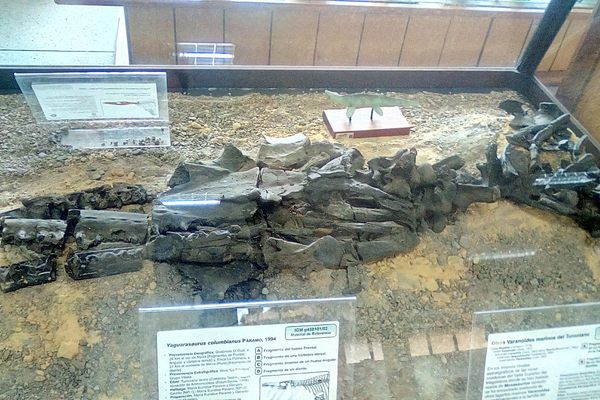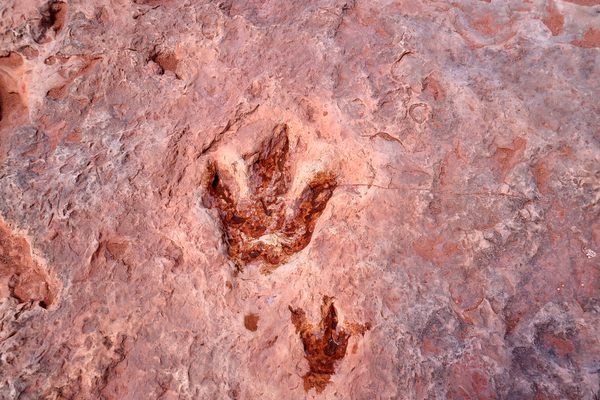About
It’s an eight-hour drive from Malawi’s capital city Lilongwe to Karonga, a district seated on the northwest banks of Lake Malawi. Karonga encompasses a rift valley, a low-lying region where the earth’s crust pulls apart. Rifting unearths ancient sediment and rock strata, making the discovery of fossils easier, and helping to piece together Earth’s long history. In Karonga, that history includes the discovery of the geological formation known as the Dinosaur Beds, where numerous fossils dating back millions of years have been discovered in the last century. The early ancestors of mammals from the Triassic period and Jurassic-Cretaceous-era dinosaurs thrived in this region, leading to some awe-inspiring discoveries.
In 1928, South African paleontologist Sidney H. Haughton unearthed the first complete fossilized remains of the Malawisaurus, a Cretaceous-period dinosaur that lived around 125 million years ago. Remains that appear to be the same dinosaur have also been found in Brazil, supporting the theory that these dinosaurs were living when the continents now known as South America and Africa were splitting apart. In the following decades, prehistoric remains continued to emerge from Karonga’s rift valley, drawing researchers and paleontologists from around the world.
In 1983, two scientists established the Hominid Corridor Research project, which focused on the study of early human environments and hominid remains. These early ancestors are dated between one million and eight million years old, establishing Karonga as a contender for the coveted title of “cradle of humankind,” alongside Ethiopia and South Africa.
In 2004, the Cultural & Museum Centre Karonga was officially established as a home for fossils on display, with the Malawisaurus as its pièce de résistance, and as a research facility for the Hominid Corridor project and other excavations. A cultural center and camp for schools and seminars opened 10 years later, with a display of ancient human artifacts, archeological records, and colorful murals depicting the evolution of our early ancestors. An exhibition titled “Dinosaurs to Democracy” includes the history of the slave trade, life under colonial rule, and the modern traditions of the Karonga community.
Related Tags
Know Before You Go
Visitors can take a bus from Lilongwe to Karonga for about $18, and should expect a ride of between 7.5 and 8 hours. If you’re staying in Blantyre, be sure to budget travel time between 11 and 12 hours. Email the museum in advance (karongamuseum@gmail.com) to confirm your visit and arrange further transport if necessary.
Published
April 6, 2022



